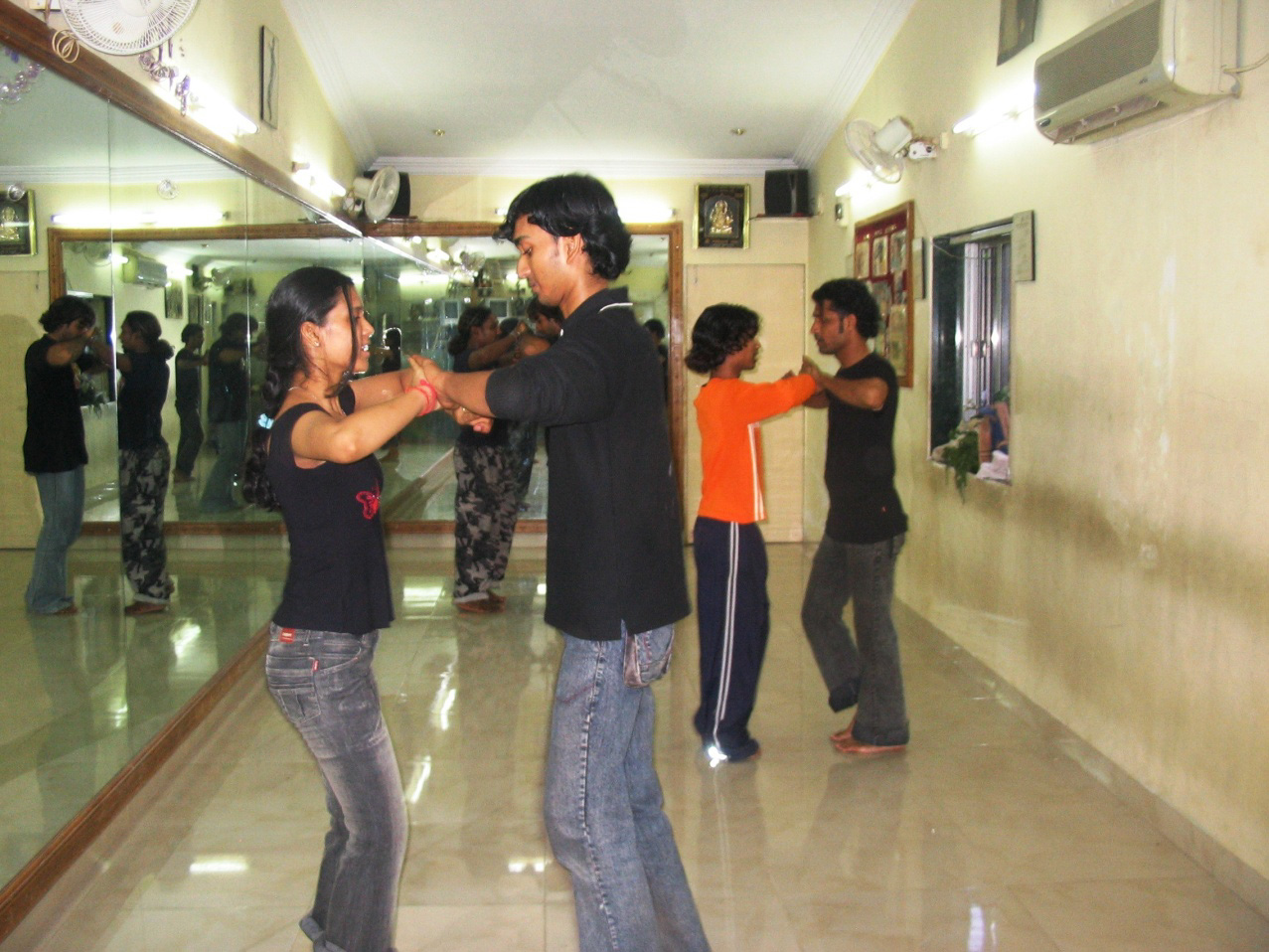Author’s book explores evolution of Bollywood dance into more diverse art form

Dr. Pallabi Chakravorty gave a book talk Monday hosted by the UCLA Department of World Arts and Culture/Dance. The book, “This is How We Dance Now!,” is about the changing culture surrounding Bollywood dance. (Courtesy of Doctor Pallabi Chakravorty)
By Tabatha Lewis-Simó
Feb. 26, 2019 9:42 p.m.
Bollywood dance has shifted from the classical elite to the everyday citizen, said Dr. Pallabi Chakravorty.
Within her book, “This is How We Dance Now!,” she analyzes the change in the instruction in dance, as well as the social classes that participate in the activity today. Chakravorty gave a book talk Monday hosted by the UCLA Department of World Arts and Cultures/Dance. She said it was the upper class who used to perform Bollywood dance prior to the 1980s, but other socioeconomic classes still had their own local dances and rituals. Globalization and access to the internet, she said, have led to a diversity of dance styles in Bollywood and an expansion in terms of who participates.
“Now you see this different class of people dancing. This is the first time you see a very different class of people dancing in a very visible place like Bombay,” Chakravorty said.
Bollywood prior to the 1980s focused on more classical dances like bharatnatyam or kathak, she said. However, with the globalization and liberalization of the Indian economy, dance styles began to change and take on more cosmopolitan, Western influences. On top of this change, reality television shows with celebrity judges became a part of Bollywood in recent years, Chakravorty said.
“The main story for me is, ‘Who are these dancers who are dancing now?’ For the first time in India, we see the working classes have access to dance and participating in culture in ways they were not (before),” Chakravorty said.
[RELATED: Alumna fuses Punjabi, modern dance for Bollywood-inspired film ‘The Hideout’]
Chakravorty spent several years studying what went on behind the scenes and backstage, shadowing dancers and choreographers in Bollywood. In observing behind-the-scenes action, she saw choreographers taking inspiration from YouTube videos of Western dance routines. These choreographers could access many different dance forms, such as tango or salsa, which could be blended with classical Indian styles in Bollywood dance.
Outside the professional sphere, Bollywood dancing is prominent at the collegiate level as well, said Nilanjana Gupta, a specialist in pop culture and literature and professor at Jadavpur University in Kolkata, India. Gupta said teams from different universities across India compete against each other, performing the style.
UCLA’s competitive Bollywood dance group, Nashaa, participates in intercollegiate competitions across the United States. Stephanie Bueno, a fourth-year human biology and society student and a director of Jhoomti Shaam, a Bollywood dance competition hosted by Nashaa, said the team blends different dance styles like hip-hop into their choreography.
[RELATED: UCLA Nashaa wins first place at Bollywood America dance competition]
In Bueno’s second year, the team performed a dance routine to “Señorita,” a song that combines both Spanish and Hindi. The song is on the soundtrack of a Bollywood film about three men who go on a road trip through Spain on a bachelor trip. Bueno herself has experience in Latin dancing, having practiced ballet folkorico for twelve years, and she was able to give input to the team’s Indian choreographers who wanted to infuse the routine with a Latin feel.
Even though Bollywood dance is a part of Indian culture, Chakravorty said it is sometimes looked down upon because of a distaste for the “five minutes of fame” aspect of reality television shows which are associated with Bollywood. She said some people thought Bollywood dance reality television shows cause people to suffer more because they might not have anywhere to go after they are on the show. However, Chakravorty said the reality show industry in India can be profitable enough to sustain stars.
“One of (the dancers I followed) had won multiple reality show trophies and awards, and in India, (reality show dancing) comes with a lot of money prizes attached, like fancy cars, so they have access to some sort of livelihood and financial gain,” Chakravorty said.
With the shift to a more cosmopolitan identity in dance came a change in the feminine and masculine identity within the Bollywood culture. There used to be an idealization of masculinity and femininity influenced by the ideas of gods and goddesses prior to the later 19th century, she said. But now, these ideas of masculinity and femininity are influenced by hip-hop, pop stars and MTV instead of mythological beings.
Gupta said she thinks society has also changed its perception of the physical body in terms of dance in Bollywood. She said there was a time when it was not considered proper for members of the middle class, particularly women, to perform the style. She added that self-expression through physical activity used to bring shame upon oneself for members of the middle class due to restrictions on how they displayed their body, but now it is more openly accepted due to cultural changes in Bollywood.
“I think that the body has become much more part of an exhibition kind of thing,” Gupta said. “You exhibit your body through dance, and I think it has become OK, which it wasn’t for a long time. It has become OK to make your body a part of you.”

